How to Get More Heat From Fireplace or Wood Stove: 6 Important Tips

Nothing beats a warm fire on a cold winter's day, especially when you are burning firewood you cut, stacked, and stoked yourself. As homesteaders surpassing year five, we know a thing or two about heating with wood. We also have picked up a few tips along the way for getting more heat from your fireplace or wood stove.
In my previous posts, I took you on a tour of our outdoor wood-burning furnace and discussed whether buying an outdoor wood burner was worth it. Now, let's talk about how to get more heat from a fireplace or wood stove.
Our indoor wood stove
Besides our indoor wood stove, we also have an outdoor wood furnace that heats our entire homestead, as well as our Airbnb rental, our workshop, and all of our hot water.
We've learned some valuable tips and tricks to help maximize the heat from a wood stove and ensure we are running at peak efficiency. We're going to share those tips with you.
1. Maximize draft
Ensure your chimney is clean. This is important for safety and to help prevent chimney fires but it can also increase the efficiency of your wood stove. It’s all about good airflow.
Think of your wood stove like an engine. If you neglect to maintain your engine and it's running old dirty oil and stale gas you won't get peak performance or maximum horsepower.
The same could be said for your chimney. A dirty chimney can lead to fires and poor airflow and overall poor performance. We bought this drill attachment tool at our local home improvement store and it makes the job of cleaning the chimney easier.
At the end of each burning season, we clean both our indoor wood stove chimney and our central boiler outdoor wood burner.
2. Burn only seasoned firewood
I know this is common sense but it has to be said. Freshly cut or green wood burns inefficiently and produces large amounts of smoke.
Seasoned wood has had an entire year or season to dry and it burns hotter and more efficiently. We also like to keep a tall stack of wood near our wood stove to allow it to dry out even more just before burning.
3. Use fans
We used a heat-powered eco-fan on top of our wood stove. These neat little fans require no batteries or plug-in power and they convert the heat from your wood stove into electricity to power the fan.
We have three heating areas adjacent to our wood stove and we use our eco-fan to direct the hot air into those areas.
We also have very high ceilings and so we use our ceiling fan in reverse. There's a little switch on the fan to help circulate the warm air near the top of the ceiling down to the floor.
Some wood stoves also have an optional electric fan built-in or you can purchase one. We have one on our wood stove and it does move a lot of air. Electric box fans traditionally used to keep things cool in the summertime also work well to circulate heat.
Bonus tip: if you have a long hallway away from your wood stove try to place the fan at the end of the hallway aimed towards the wood stove.
I know this sounds counterintuitive but it does work. Most people would think to put the fan near the stove to blow the air across and away from the stove. The fan at the end of the long hall aimed towards the wood stove will help push the lower cold air towards the stove and the hot air tends to loop back from the stove.
4. Place bricks near your stove
We did this at our old house. We placed several bricks stacked on top of each other behind our wood stove. These would heat all day and store heat very well.
When the fire would die down in the middle of the night the bricks would retain the heat for much longer, keeping things warmer for much longer.
5. Open your stove doors less each day.
In high school, I was a cook at an Italian restaurant. One thing chef Tony taught me was “if you are looking you ain't cooking”.
Your stove not only heats you from the wood that is burning. You're also experiencing the warmth radiating from the metal wood stove, the glass, and the fire bricks inside.
When you open the stove door to add more wood or to reposition the wood, you lose a ton of that heat. Of course, you need to add wood and adjust things from time to time, but people tend to overdo it. If you open your stove fewer times per day, your overall heat production will stretch out much further.
6. Get a feel for your particular wood stove
Adjust the airflow and see how it behaves. This is our third wood stove and they each have their distinct personalities. For this stove, we could get it nice and hot and it tends to burn hot, but really fast.
If we reduce the airflow sooner by pushing in the airflow knob we can conserve that heat and make it last much longer. For some stoves, you need max airflow for a longer time to get a good bed of coals burning, and for other stoves, it may be faster.
Learn what works for your stove and adjust your airflow to maximize your heat and make it last as long as possible.
How to get more heat from a fireplace or wood stove
I hope you learned a few things to help you get more heat from your wood stove or fireplace. Have a great burning season with your wood stove and remember to take the time to learn what works for your particular stove or fireplace. A few small adjustments can give you much more heat from your stove.
Do you have tips you use to maximize the heat output of your wood stove or fireplace? Share in the comments below!
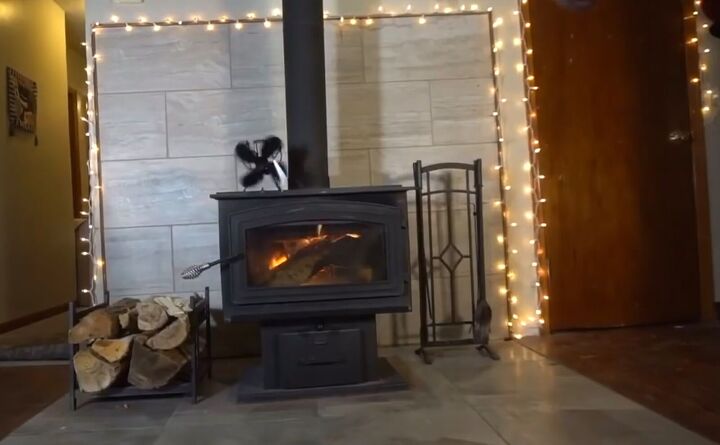






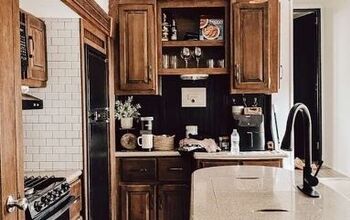





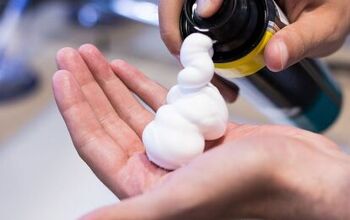
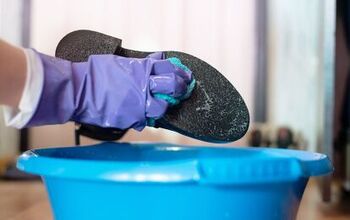



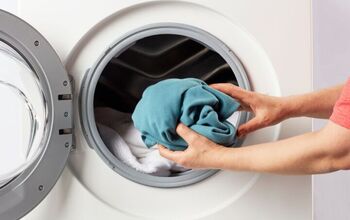

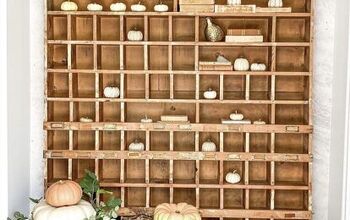




Comments
Join the conversation
I would add try to use hardwoods rather than the softer kind like pine. Hardwoods burn longer & hotter than the soft. They also burn cleaner since pine has a high sap content (even well dried pine) and created creosote in the chimney pipe. Pine is great for kindling since it starts & burns quickly.
In the maintenance category, a stoves firebrick and the door gasket should be checked yearly for cracks (bricks) and wear (Door gasket). Replacements can be purchased online and if you are competent, it is a do-it-yourself job. IF not see your stove dealer. Also, to keep your electric stove fan running, they should be cleaned regularly to remove all of the soot and the buildup of ashes. All of this also helps improve your heat flow from your stove.